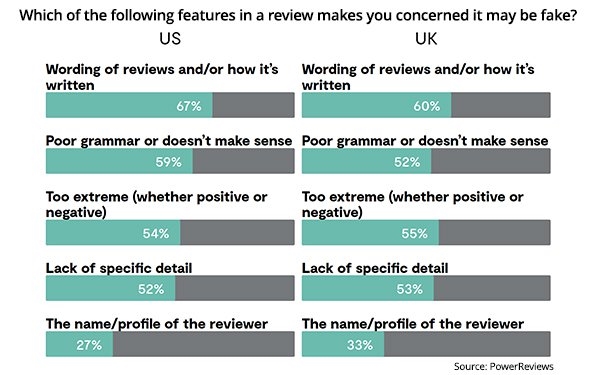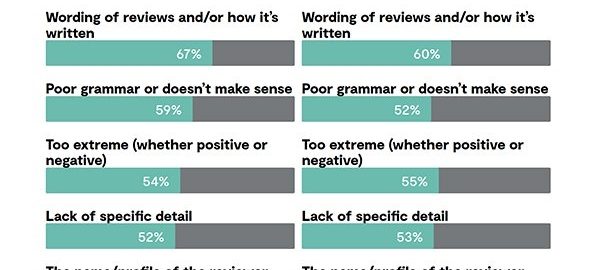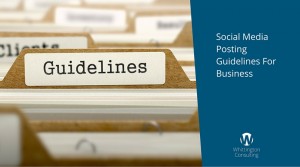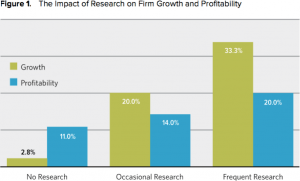Amazon Leads In Fake Reviews As Consumer Trust Continues To Erode

Consumers are concerned about fake reviews across all ecommerce sites, but one site in particular remains high.
A recent survey of 13,000 consumers from PowerReviews — How Fake Reviews Destroy Consumer Trust – and How Brands and Retailers Can Combat Them — reveals growing concern about fake reviews. Among the U.S. consumers participating in the survey, 63% are more concerned about fake reviews now than they were five years ago.
Plenty of media outlets have covered Amazon’s struggle with fake reviews, but what about on Walmart, Target, Wayfair, Best Buy, Chewy, Home Depot, Lowes, and Kroger.
Although consumers spend millions of dollars in the online marketplace, 84% of U.S. customers point to Amazon as the site in which they have the biggest concerns when it comes to fake reviews, followed by Walmart with 53%; Target, 29%; Wayfair, 26%; Best Buy, 18%; Chewy, 15%; Home Depot, 14%; Lowe’s, 13%; and Kroger, 9%.
While fake reviews are a concern for 81% of shoppers participating in the survey, when broken down into generations, the insincerity and the untruths of the reviews hit Gen X the hardest at 83%. Gen Z follows at 81%, Boomers at 81%, and Millennials at 80%.
Fake reviews have become common. Some 90% of U.S. consumers participating in the study believe they have read a fake review in the past. This is slightly higher than in the U.K., where 87% of consumers believe they have read a fake review.
Gen Z at 87% and Boomers at 86% are slightly less likely to suspect they have encountered fake reviews than Millennials at 91% and Gen X at 92%.
A consumer’s annual household income also matters. The higher the household income of a respondent, the more likely they are to suspect they have encountered fake reviews. This is likely because those with higher incomes shop online more, and have more opportunities to encounter fake reviews.
For example, consumers with annual salaries of more than $101,000 are 94% more likely to have encountered fake reviews. Compare that will those making an annual salary of between $26,000 and $50,000 at 88%.
Most shoppers in the U.S. and U.K. believe they have seen fake reviews — but the factors that lead them to believe a review is not authentic differ.
The top factor is the wording of the review or how it’s written for both U.S. and U.K. consumers, at 67% and 60%, respectively. Red flags also include poor grammar, 59% for U.S. and 52% for U.K. Extremes — either too positive or too negative — came in at 54% for U.S. and 55% for U.K. consumers, and a lack of specific detail scored 52% for U.S. and 53% for U.K. respondents.
Negative reviews are never the goal for brands and retailers. However, a lack of negative content can raise suspicion among shoppers. As the report notes, if a review is too extreme — whether positive or negative — it raises red flags for over half of shoppers.
The research confirmed that perfect average star ratings are rarely ideal. Only 6% of shoppers indicate that 5.0 is the ideal average star rating for a product. The largest portion of consumers, 44%, believe the ideal average star rating falls between 4.5 and 4.99. 42% think the sweet spot sits between 4.0 and 4.49 stars.
Some of the suggested ways to influence and impact review perception for most U.S. consumers include verified buyer checks or badges, verified reviewers, reviews submitted as part of a sampling campaign, reviews submitted as part of a sweepstake campaign, and staff reviewers.
(15)








